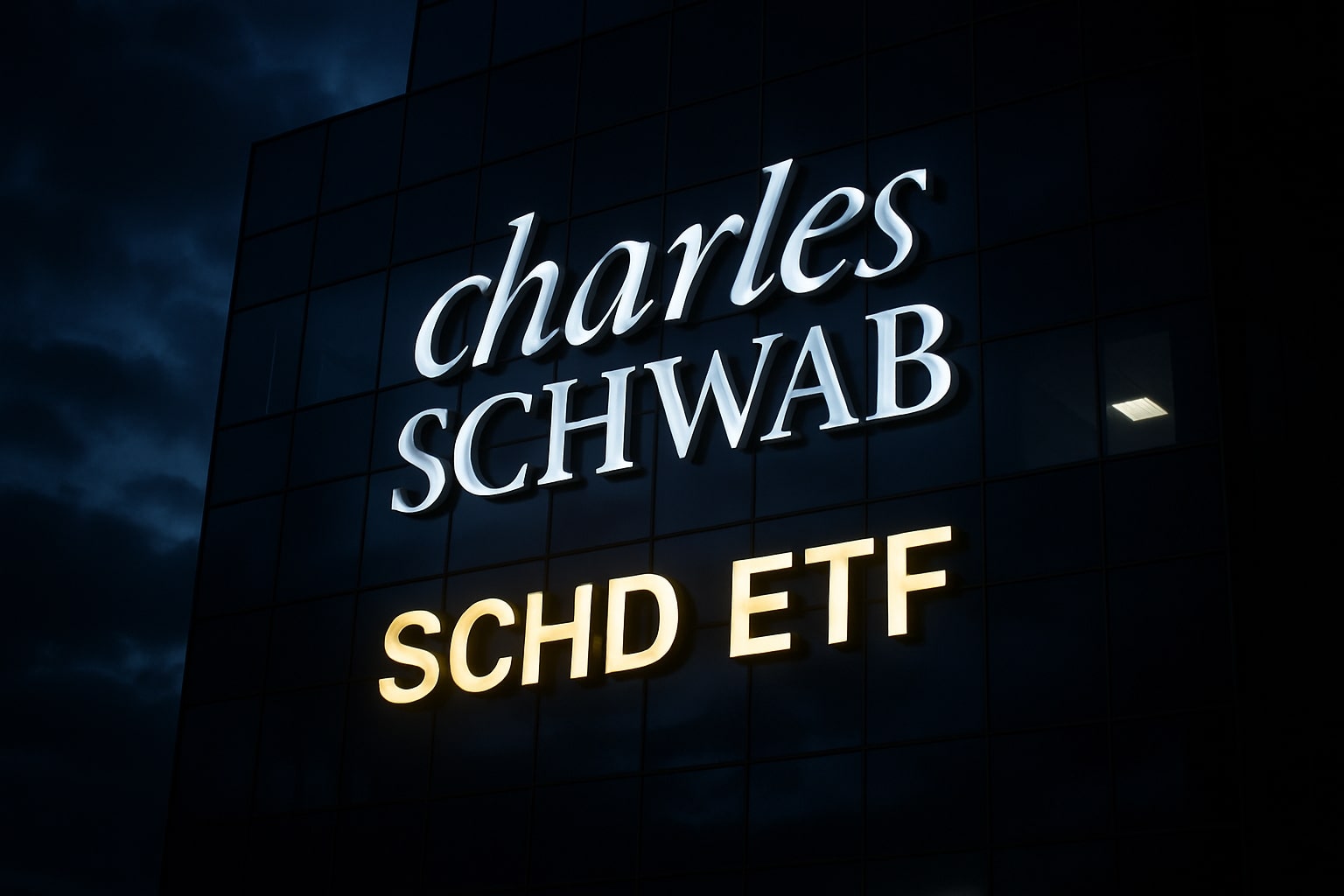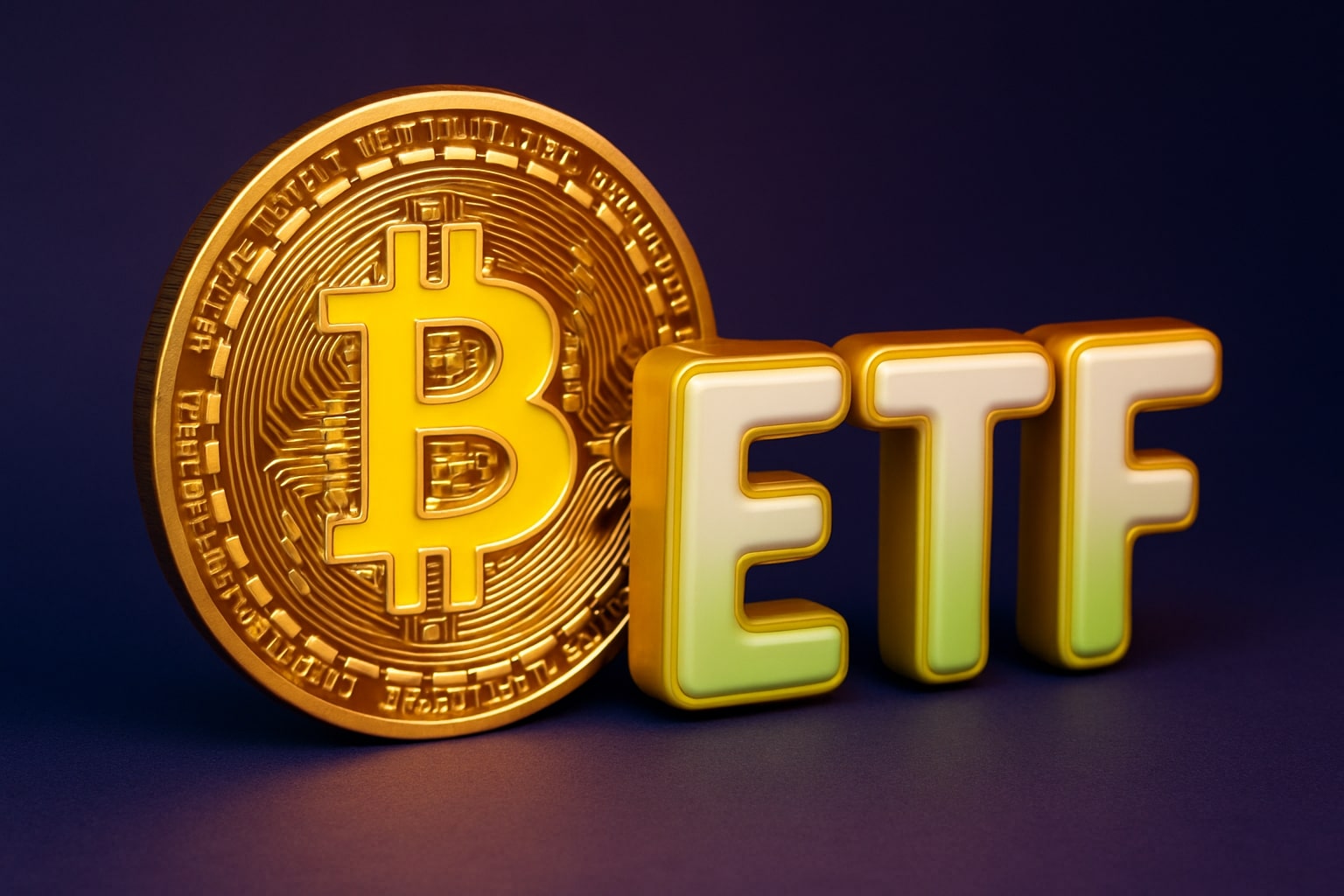
Dow Rockets to 39,186.98 and S&P 500 Soars to 5,287.76—Can Trade Talks Sustain the Rally?
Investors cheer Treasury’s optimism on U.S.–China talks as TSLA holds $237.97 after hours and BTC-USD surges above $91,000—are these the signals of a sustained bull run? | That's TradingNEWS
Market Reprieve Triggers Broad-Based Upswing
Equity markets delivered a stunning reversal on Tuesday with the Dow Jones Industrial Average ( ^DJI ) vaulting 1,016.57 points to 39,186.98, the S&P 500 ( ^GSPC ) rallying 2.51% to 5,287.76 and the Nasdaq Composite ( ^IXIC ) powering 2.71% higher to 16,300.42. This rebound more than erased Monday’s sharp sell-off, itself a reaction to President Trump’s social-media attack on Fed Chair Jerome Powell and fresh threats of sweeping tariffs. The spark came when Treasury Secretary Scott Bessent privately assured investors that U.S.-China trade talks “will de-escalate,” a message that reverberated across Asian and European bourses ahead of Wall Street’s open.
Index-Level Dynamics and Volume Surge
Tuesday’s session saw trading volume surge 20% above its 20-day average, reflecting a capitulation-driven bounce. All eleven sectors in the S&P 500 advanced, led by financials (+3.2%) and consumer discretionary (+3.0%), while technology (+1.8%) mounted a resilient comeback. The ratio of advancing to declining issues on the NYSE widened to 6.4:1, underscoring the breadth of the rally.
Treasury Yields and Dollar Slide Amid Risk-On Mood
The bond market pivoted alongside equities. The 2-Year Treasury yield shot up to 3.826%—a 5.4 bp climb—signaling the market dialing back expectations of an imminent Fed rate cut. Meanwhile the 10-Year yield eased to 4.349% after Monday’s 4.40% peak. The U.S. Dollar Index ( DXY ) tumbled 0.32% to 99.23, settling at its weakest level since March 2022 as global investors rotated into risk assets. The Cboe Volatility Index ( VIX ) plunged 9.61% to 30.57, its steepest one-day decline in over a month.
Emerging Sovereign and Credit Spreads
Emerging-market debt spreads tightened 12 bps to 325 bps as optimism over trade de-escalation bolstered demand for higher-yielding credits. Investment-grade corporate spreads narrowed 3 bps to 115 bps, while high-yield debt compressed 15 bps to 345 bps, reflecting renewed risk-appetite.
Fed Tensions and Policy Outlook
Despite Trump’s “Mr. Too Late” jabs at Chair Powell on Truth Social, futures markets now assign only a 35% probability to a May rate cut—down from 50% last week—based on CME’s FedWatch Tool. Powell’s recent comments in Chicago warning that tariffs pose an “unprecedented” inflation challenge appear to have convinced traders that the Fed will remain on hold until data definitively softens.
Impact on Banks and Insiders’ Moves
Financial stocks surged on Tuesday’s yield curve steepening. JPMorgan Chase ( JPM ) and Bank of America ( BAC ) each advanced over 3%, buoyed by insider purchases: a board member at JPM acquired $10 million of shares in mid-April, contrasting with a $15 million divestiture by a BAC executive citing NIM pressures. Those insider flows highlight the uneven impact of Fed and tariff risks across banking franchises.
Tesla Q1 Miss and Tariff Warnings
In after-hours trade, TSLA slid 2.9% following first-quarter results that fell shy of consensus. Revenue clocked in at $19.34 billion versus the $21.37 billion analysts expected. Adjusted EPS of $0.27 missed the $0.43 forecast, while gross margins eased to 16.3%, barely topping 16.1% estimates. Management omitted its “return to growth” guidance and cautioned that the evolving tariff landscape—up to 145% on Chinese EV parts—will weigh most on its energy division. Year-to-date, TSLA remains down 40% as CEO Elon Musk’s White House ties compound demand concerns.
Solar Stocks Surge on Record Tariffs
The Commerce Department’s plan to impose duties as high as 3,521% on solar panels from Cambodia and 813% on Vietnamese imports ignited a 10.5% surge in FSLR, while Sunnova Energy (NOVA) jumped 12.1%. SolarEdge Technologies (SEDG) and Enphase Energy (ENPH) rallied over 8%, investors betting the unprecedented levies will reroute imports back to U.S. producers.
Mixed Signals from Industrial Earnings
3M’s MMM popped 8.1% after posting Q1 adjusted EPS of $1.88 on sales of $5.78 billion—beating estimates of $1.77 and $5.76 billion—though management flagged up to a $200 million tariff headwind in 2025. Conversely, RTX plunged 9.8% after warning of an $850 million profit hit from steel and aluminum levies, underscoring the uneven toll across defense and aerospace contractors.
Danaher Outperforms Bioprocessing Peers
DHR rose 5% after Q1 adjusted EPS of $1.88 and revenue of $5.74 billion topped forecasts by 15% and 3% respectively. Danaher’s stronger-than-expected guidance and robust life-sciences backlog suggest a trough in bioprocessing demand, offering a bright spot amid industrial weakness.
Oil Holds Within Defined Ranges
WTI crude closed at $64.20 per barrel, up 1.78%, as traders balanced tariff-induced demand fears against OPEC+ supply constraints. Front-month Brent settled at $68.15, up 1.5%. Oil has traded in a $60–$68 band since late March, pending clarity on trade deals and Middle East tensions.
Gold Hits Record Before Profit-Taking
Gold rampaged to a fresh all-time high above $3,500 per ounce before trimming 1.91% to $3,354.20. The yellow metal, up 30% YTD, remains the sovereign safe-haven of choice as the dollar weakens and markets oscillate on policy and tariff jitters.
Bitcoin Decouples, Reclaims $91,000
BTC-USD continued its independent run, adding 3.4% to breach $91,555—its highest since March 6—while the S&P 500 and Nasdaq sit over 5% below their April peaks. Fundstrat’s Sean Farrell notes bitcoin’s “new paradigm” bid as a digital hedge; its 9% gain in April tops gold’s 8% and dwarfs mainstream equities’ negative returns.
Consumer Credit Strains Signal Turning Point
Major banks built reserves as credit-card delinquencies climbed to 3.2%, matching pre-pandemic highs. JPM and Citi ( C ) added a combined $5 billion to loss provisions, Synchrony Financial tightened underwriting standards and U.S. Bancorp ( USB ) refocused on affluent cohorts. Rising 30-day delinquency rates—up from 2.5% in January to 3.2% in April—underscore the risk of prolonged consumer stress if tariff-driven inflation erodes purchasing power.
Equity Flows Reflect Divergent Bets
Year-to-date, VIG has drawn $4.2 billion in net inflows versus $2.7 billion into SCHD, reflecting institutional preference for dividend growers amid policy uncertainty. Tech-linked funds saw heavier rotation during Tuesday’s rally, while defensive income vehicles regained traction on Monday’s dip.
Technical Indicators Flash Contrasting Signals
Chartists note a golden cross in the S&P 500 (50-day MA atop 200-day MA) with RSI at 62, hinting at further upside. The Dow has reclaimed its 21-DMA, while the Nasdaq sits just above its 50-DMA, signaling accumulation. Conversely, the Russell 2000 lags below both MAs with an RSI of 45, suggesting small-cap vulnerability until trade clarity emerges.
Sector Strategy: Tilt Toward Financials and Staples
With the curve steepening and de-escalation hopes rising, financials and consumer staples appear best positioned to capitalize. Bank stocks can leverage higher short-term rates, and staples’ pricing power mitigates input-cost shocks. Growth and industrial plays should be approached with caution until tariffs and Fed policy crystallize.
That's TradingNEWS
Read More
-
SCHD ETF (NYSEARCA:SCHD) Climbs To $27.25 As Investors Flock To Dividend Stability Over Tech Volatility
12.11.2025 · TradingNEWS ArchiveStocks
-
Bitcoin (BTC-USD) ETF Inflows Surge To $524M As BlackRock’s IBIT Dominates Rebound
12.11.2025 · TradingNEWS ArchiveCrypto
-
Natural Gas Price (NG=F) Steadies at $4.53 as Record LNG Exports and Rising Winter Demand Boost Market Confidence
12.11.2025 · TradingNEWS ArchiveCommodities
-
USD/JPY Price Forecast - USDJPY=X Holds At ¥154.10 As Intervention Threats And Fed Cut Expectations Drive Volatility
12.11.2025 · TradingNEWS ArchiveForex


















